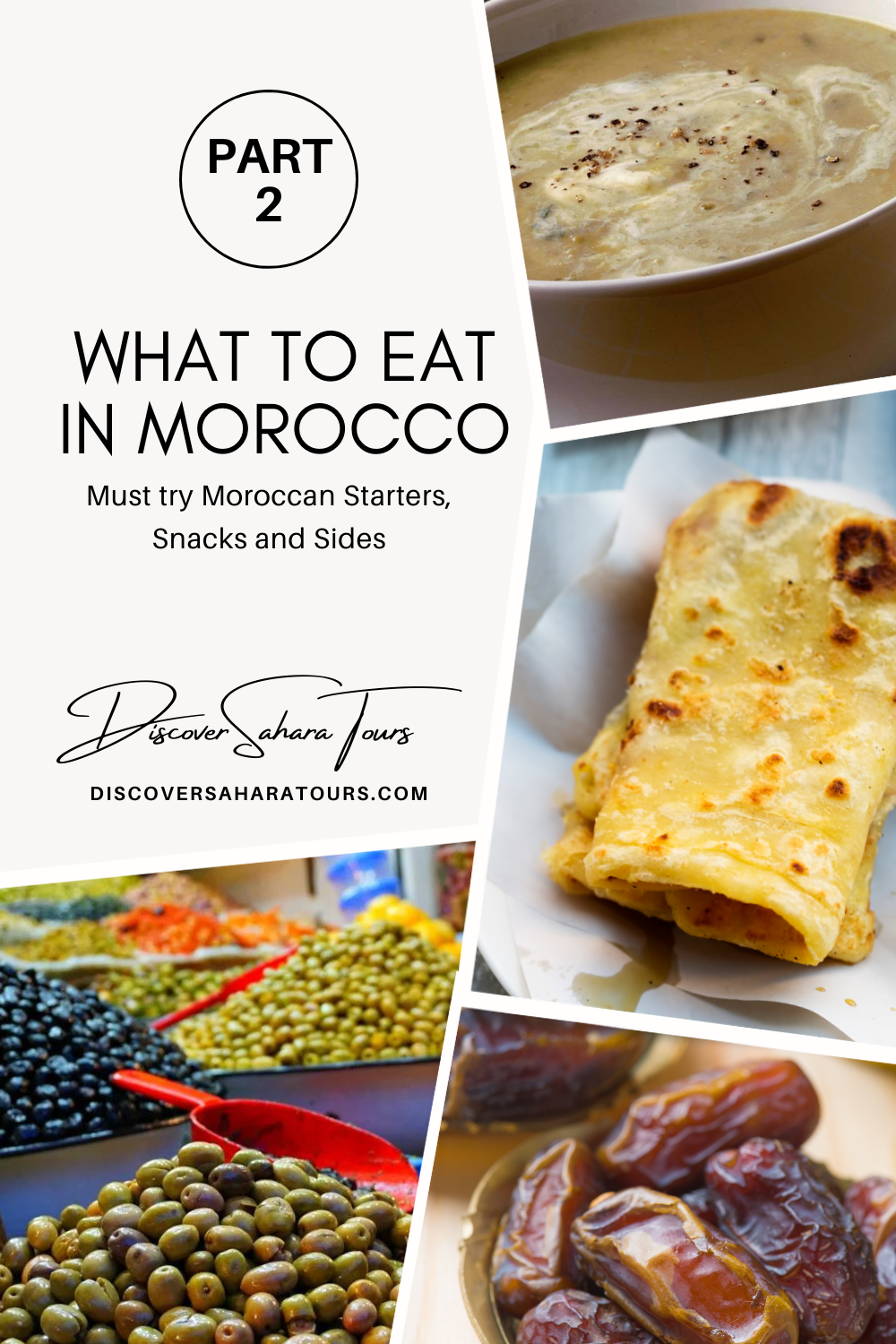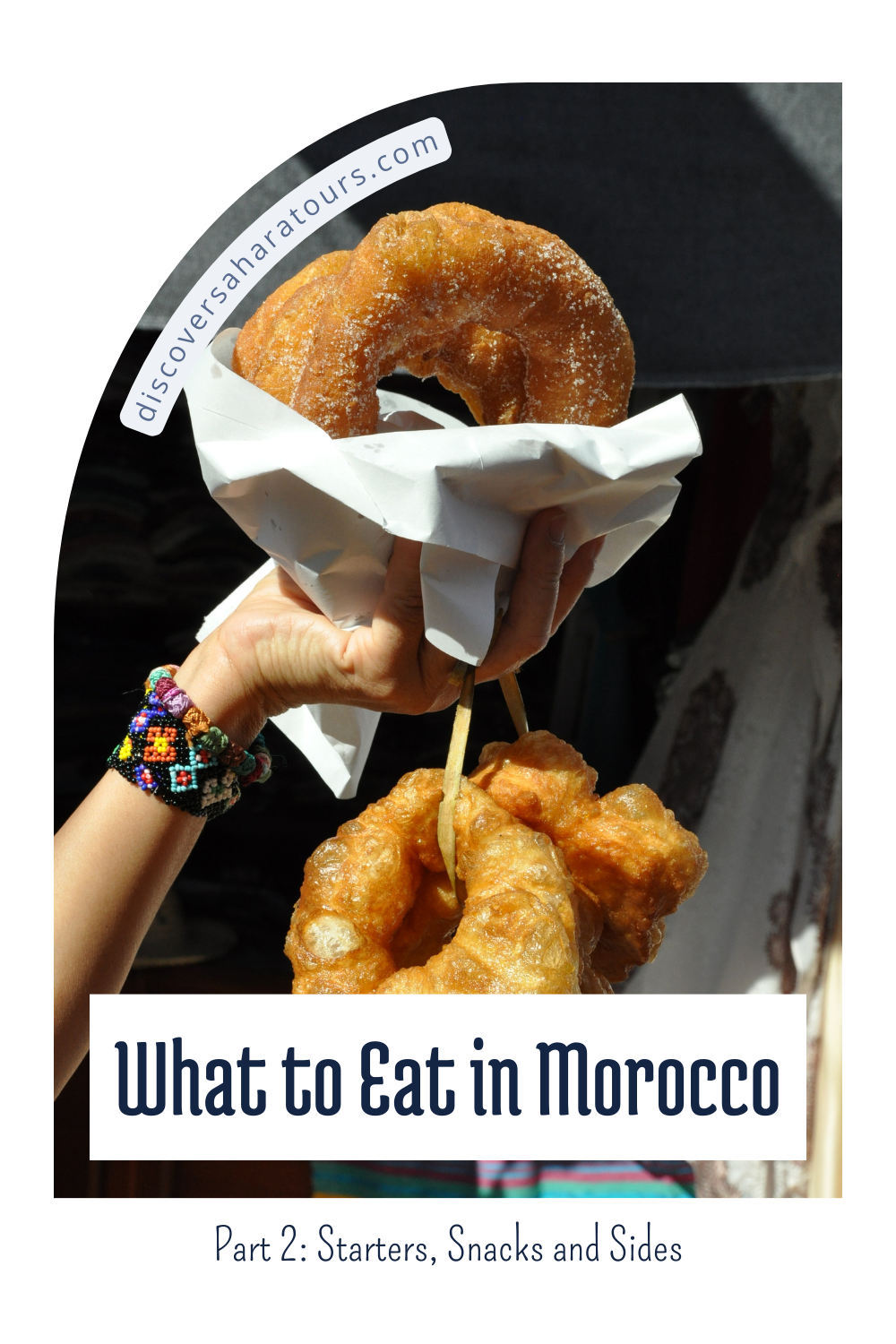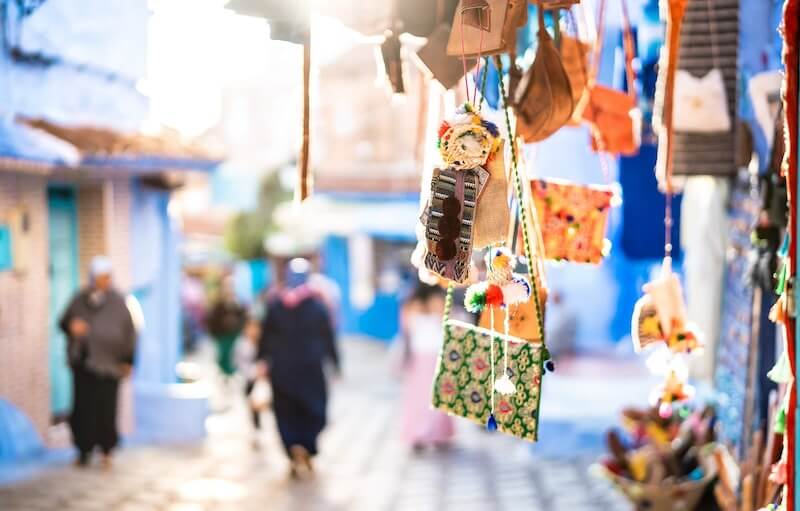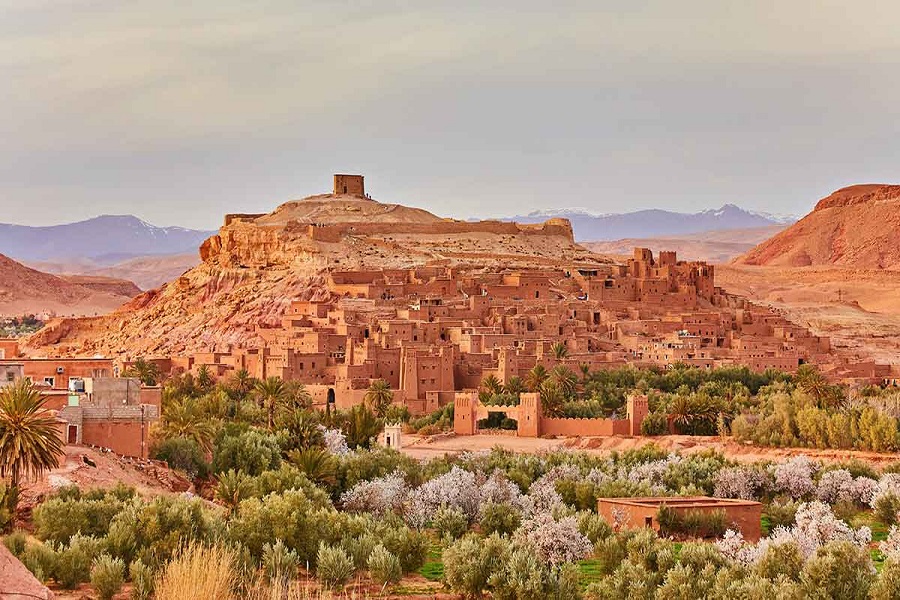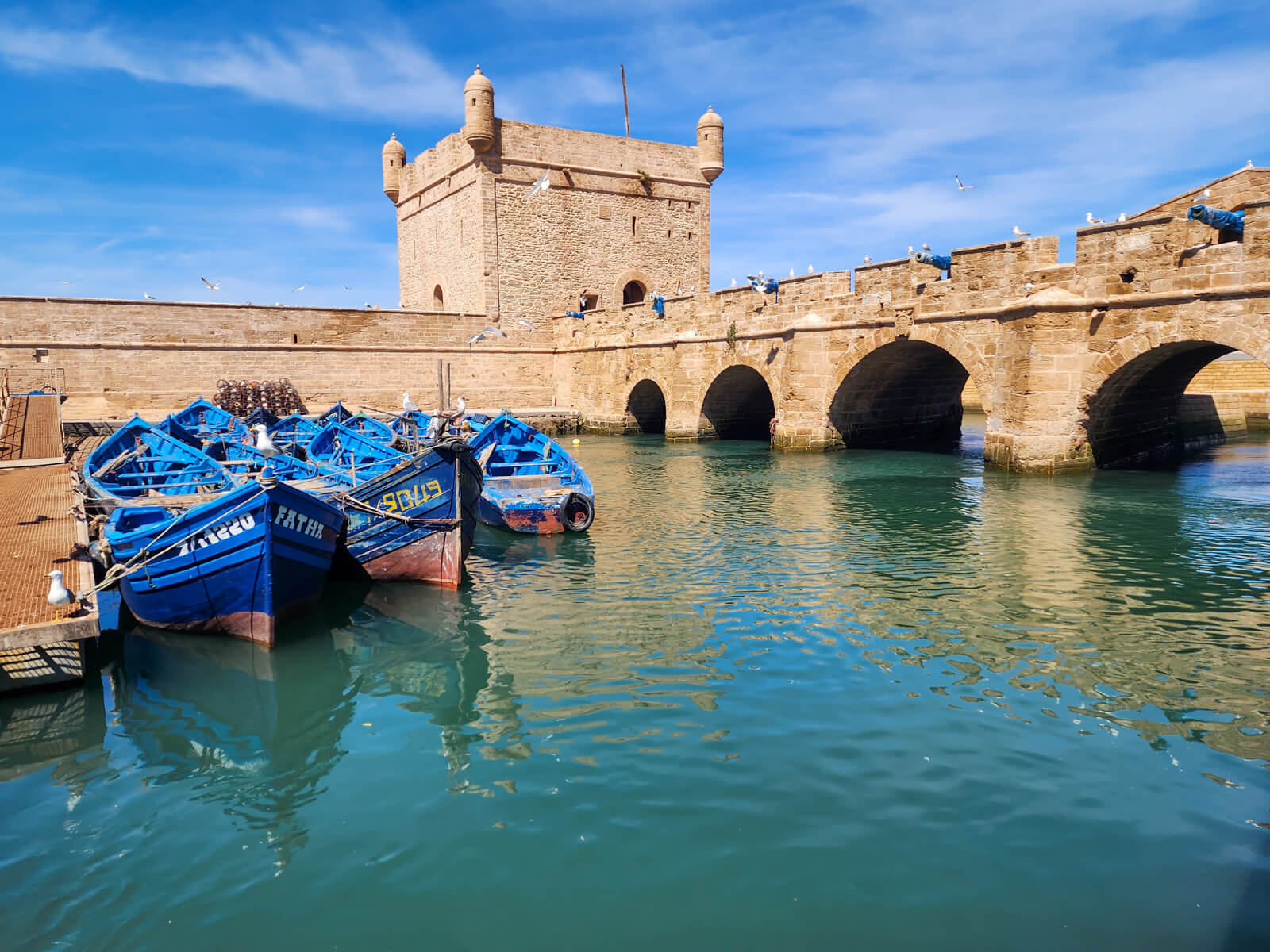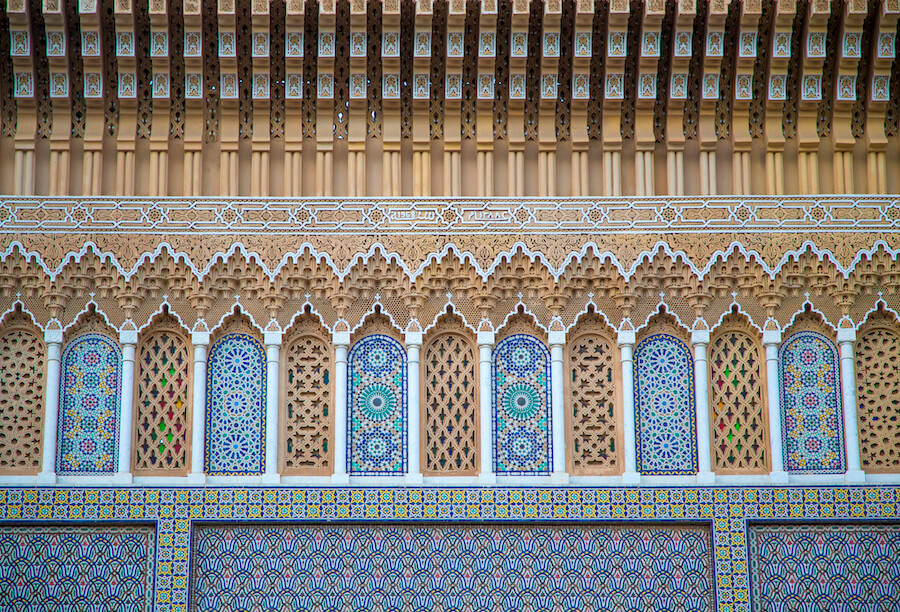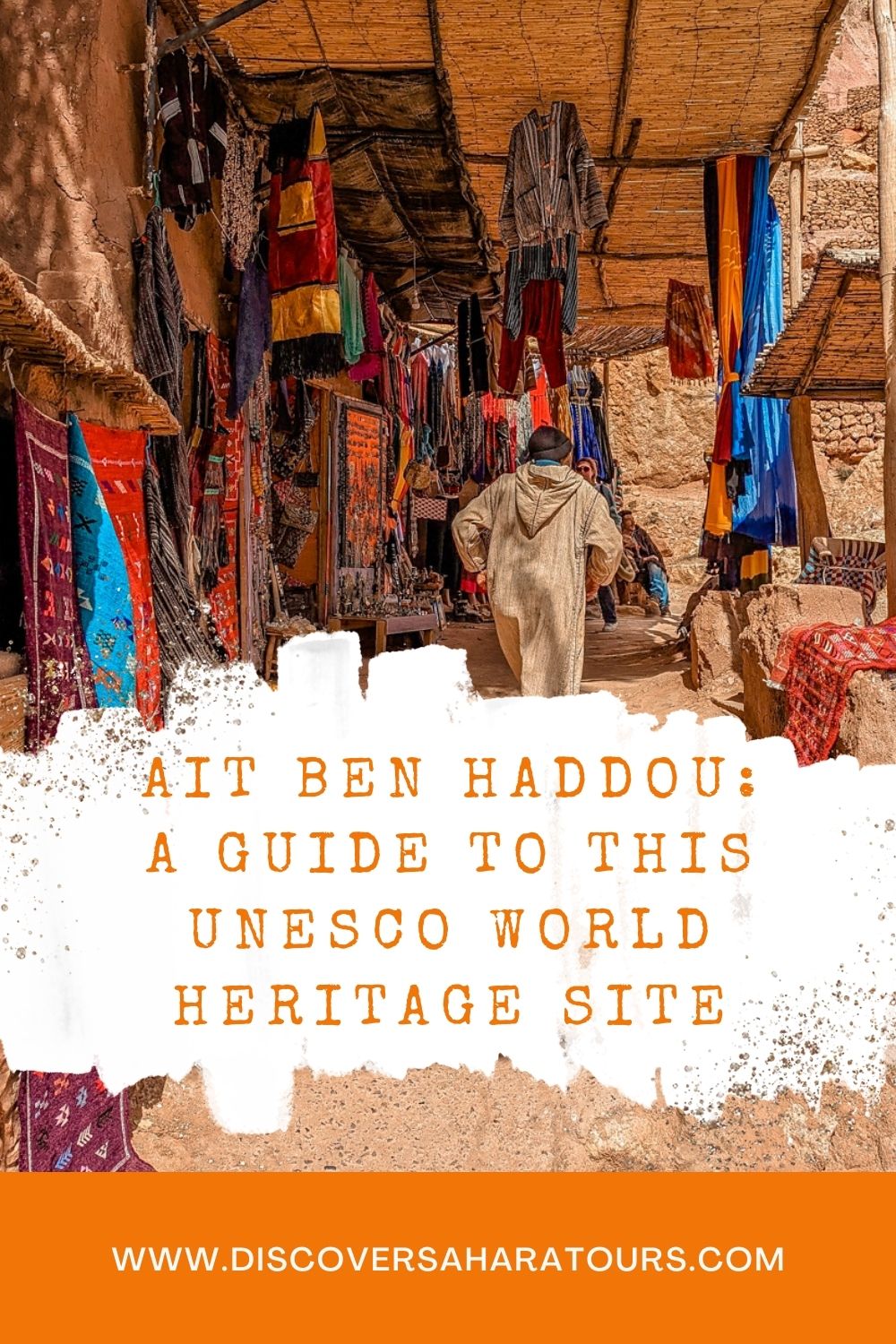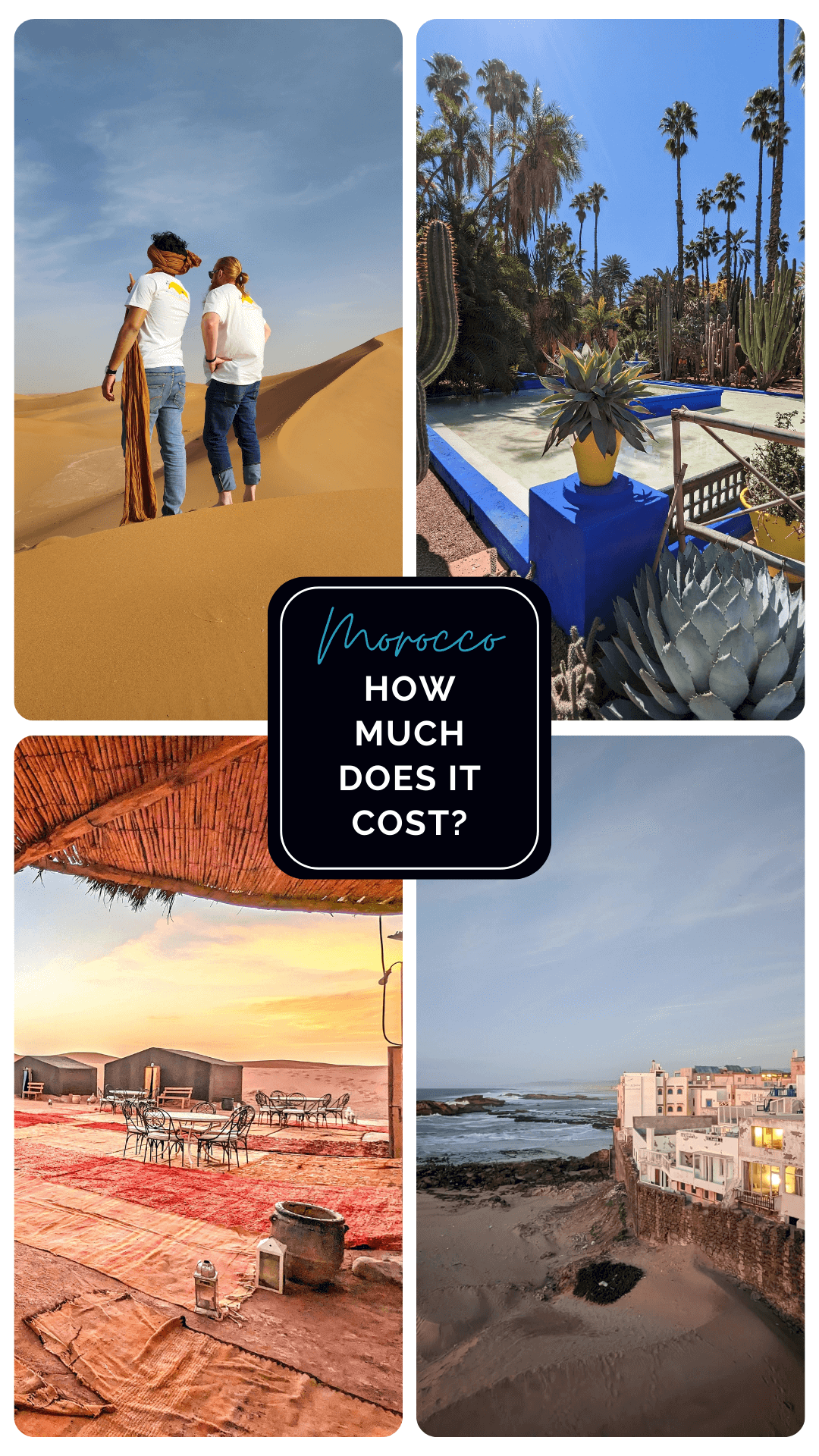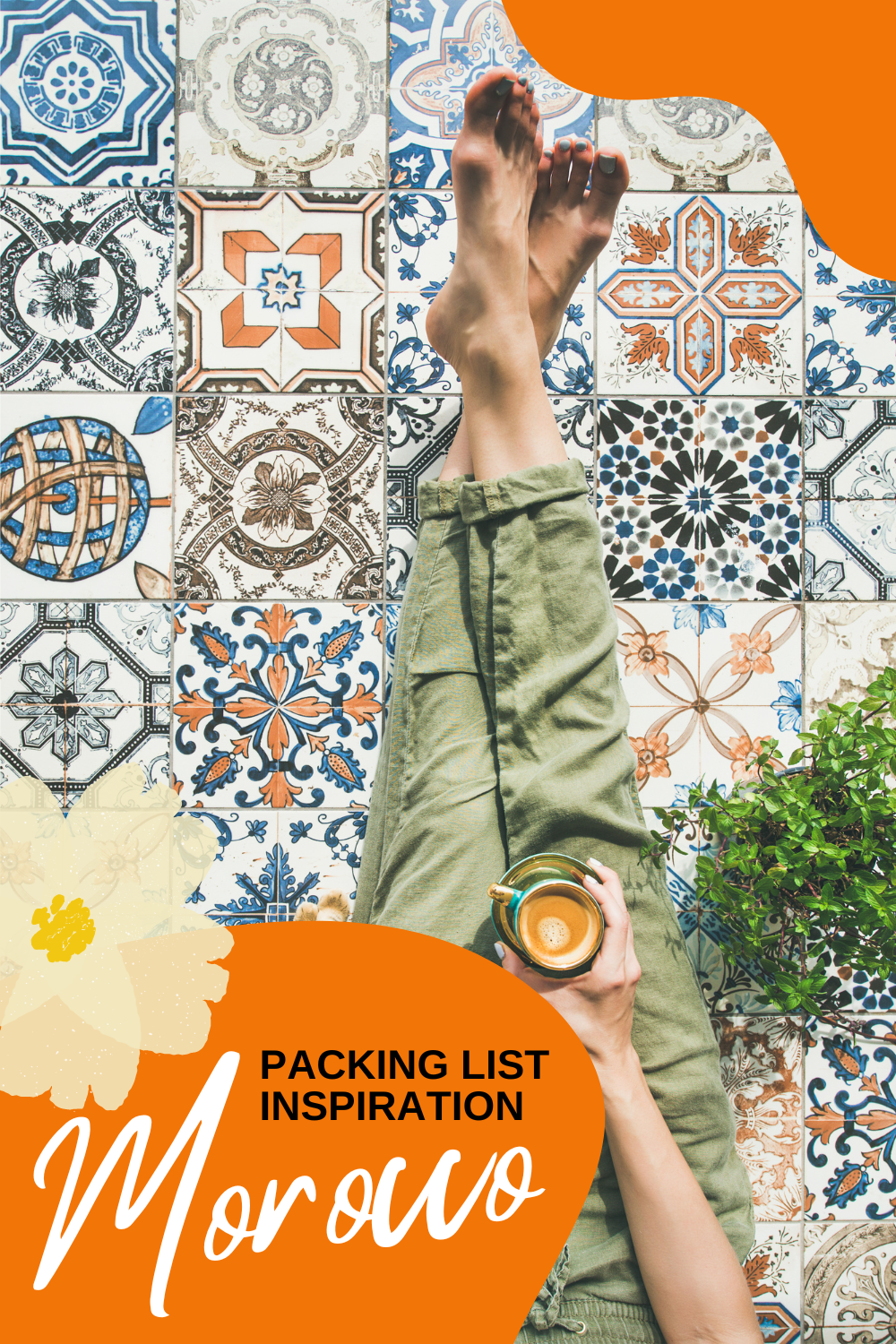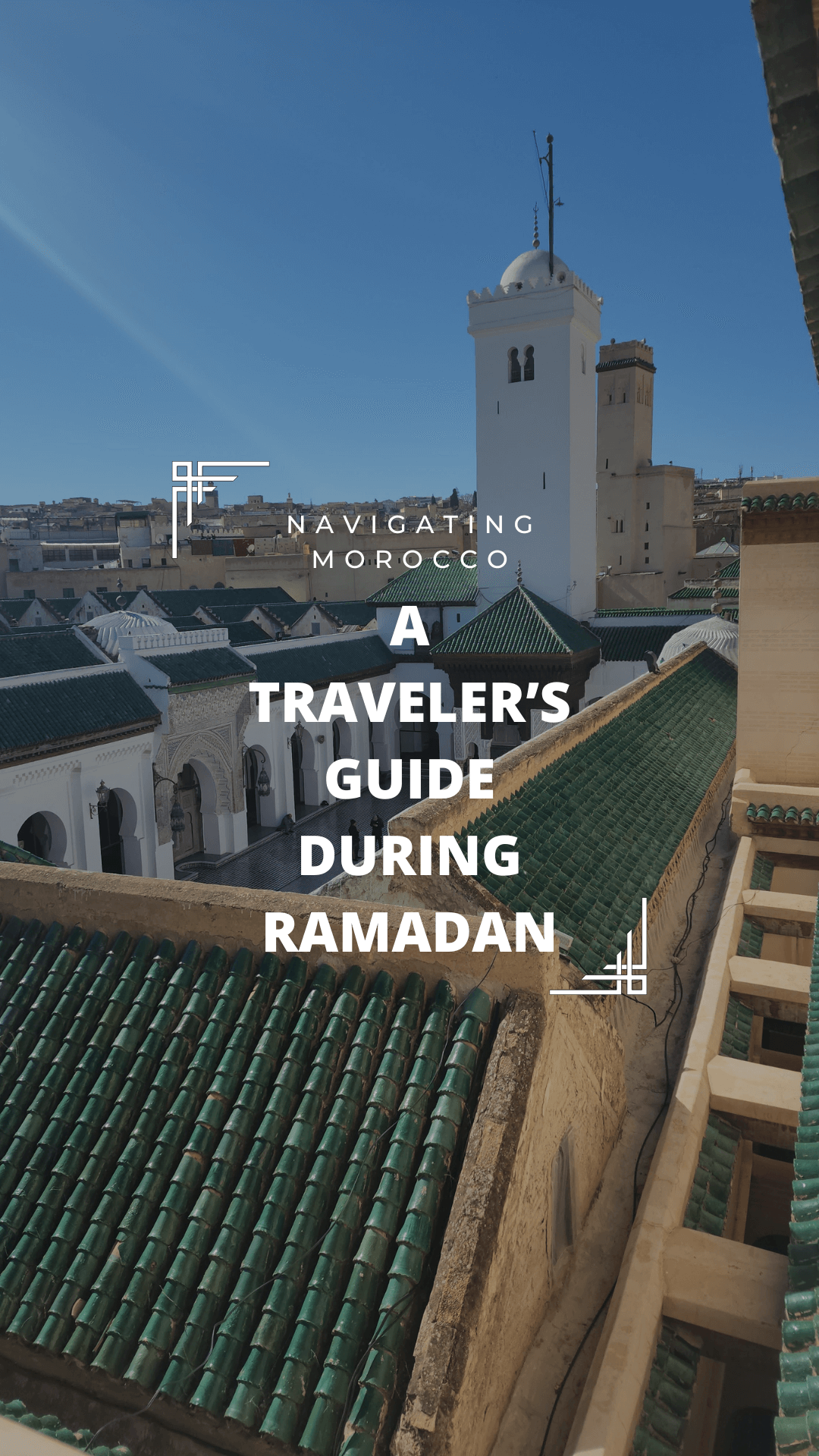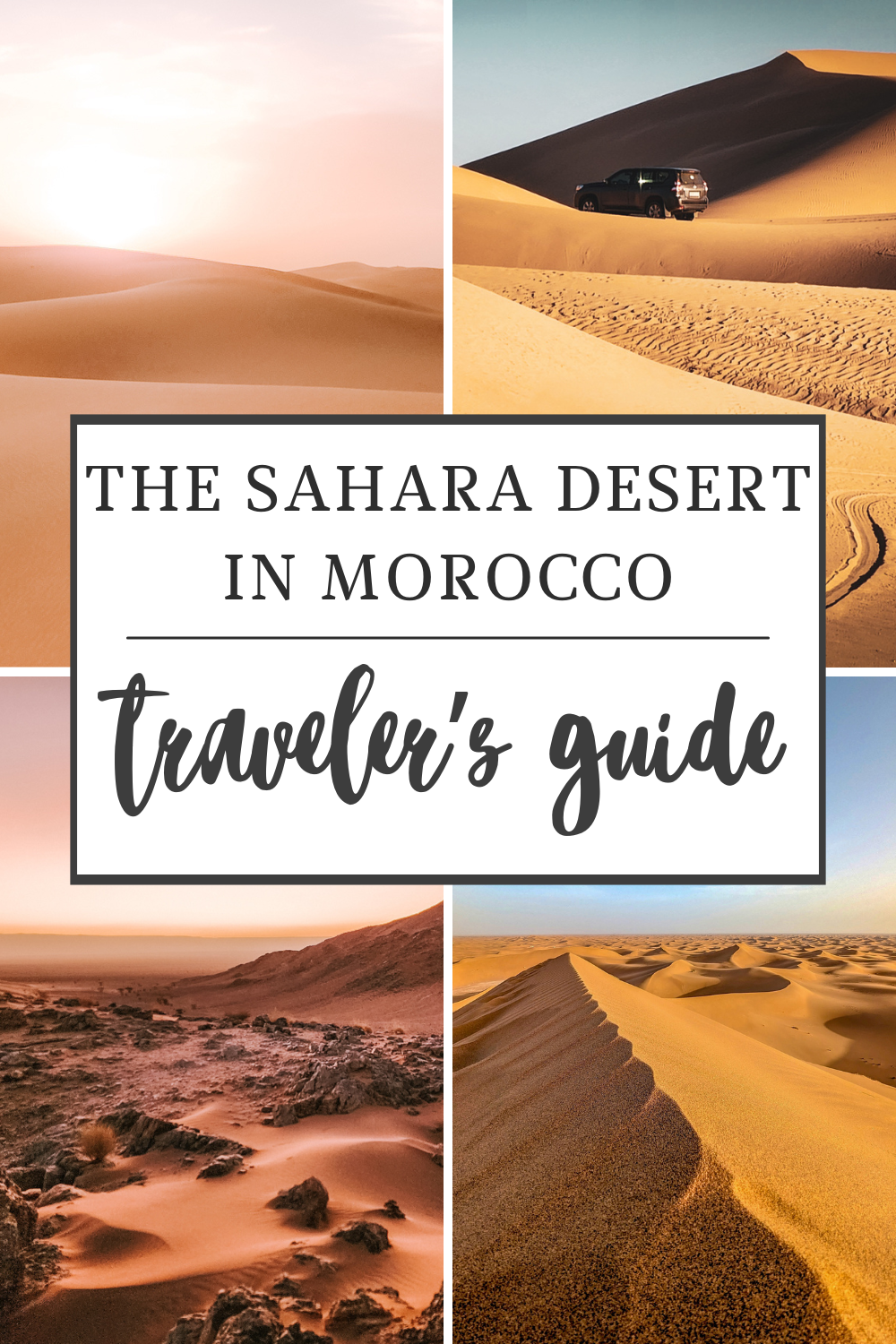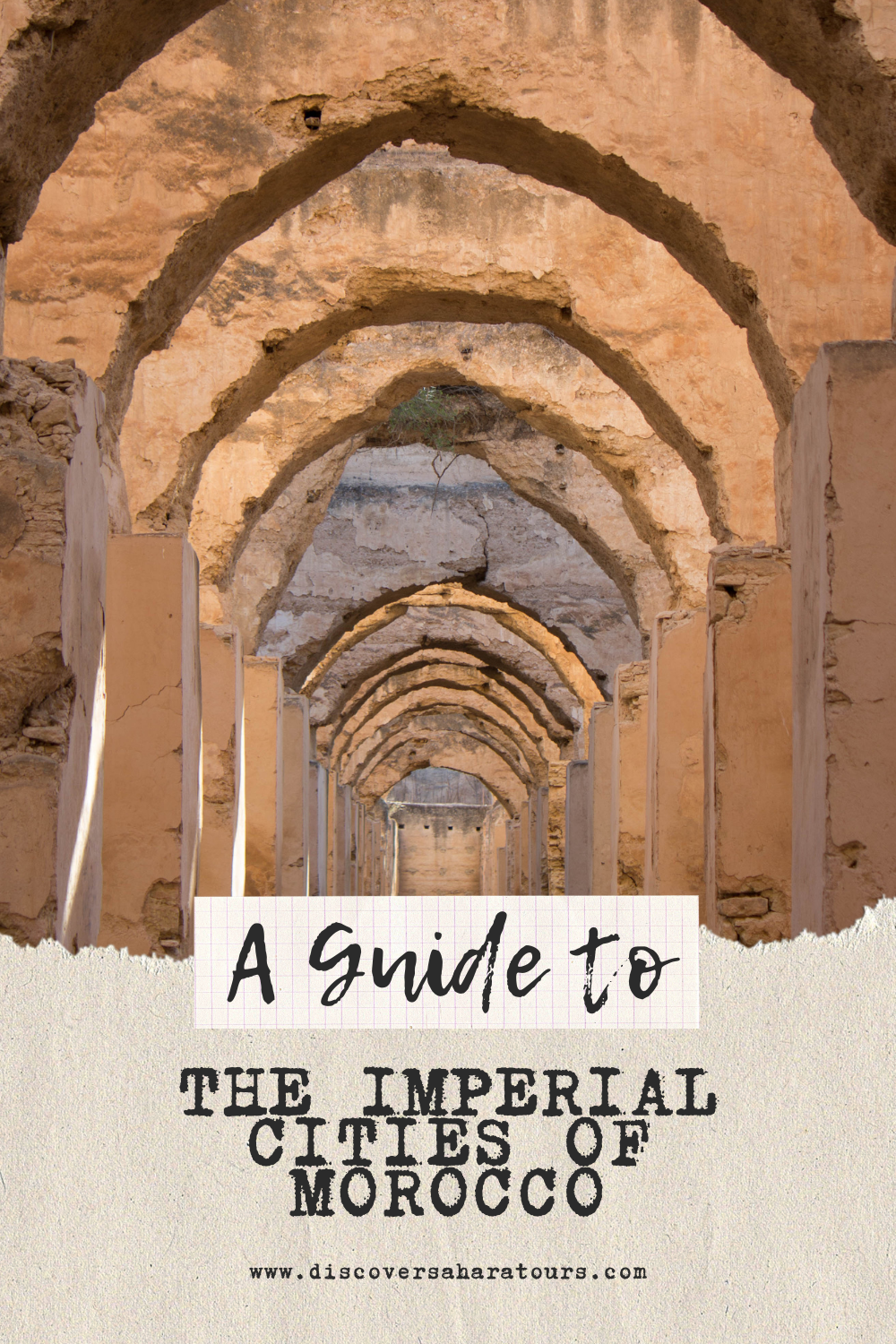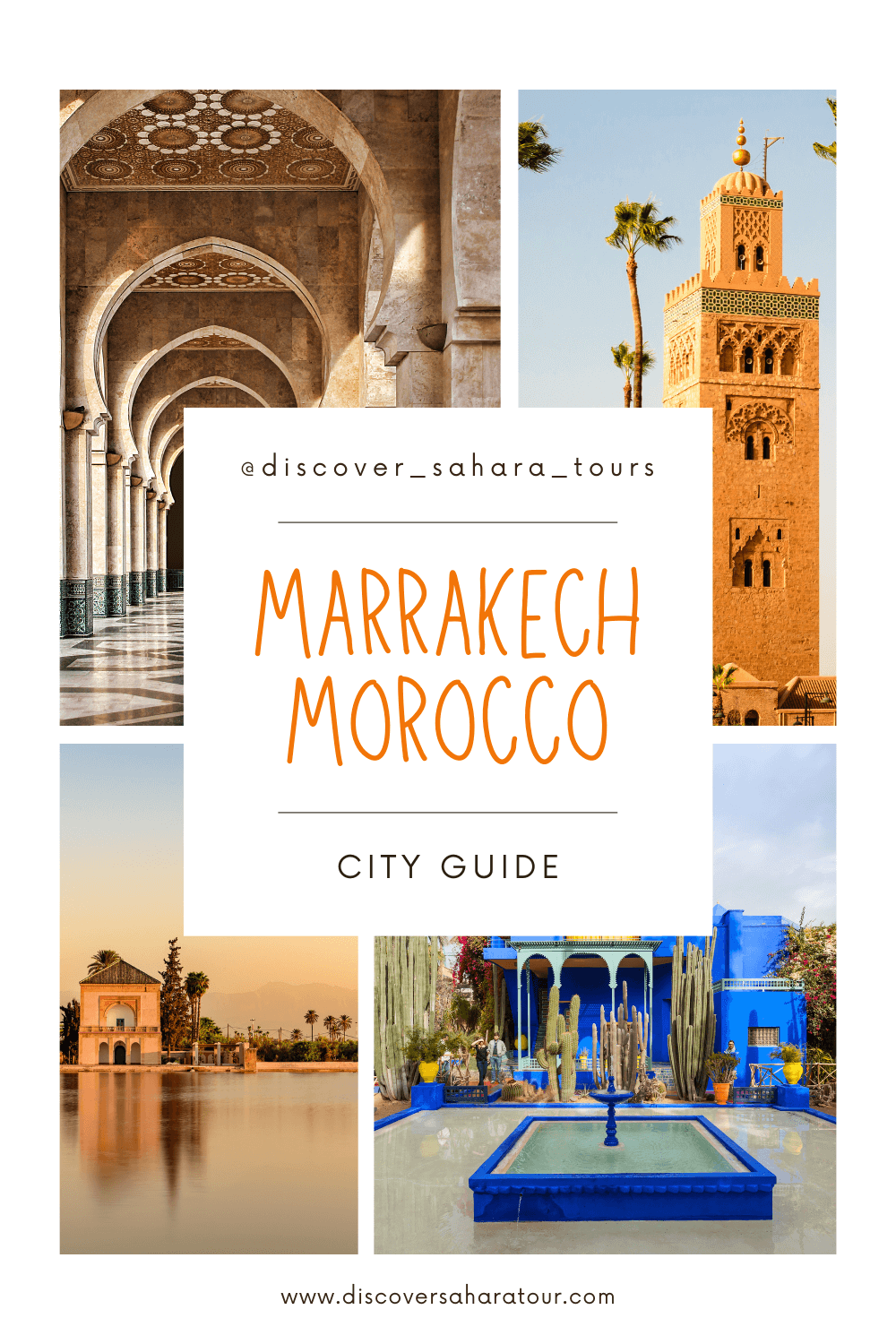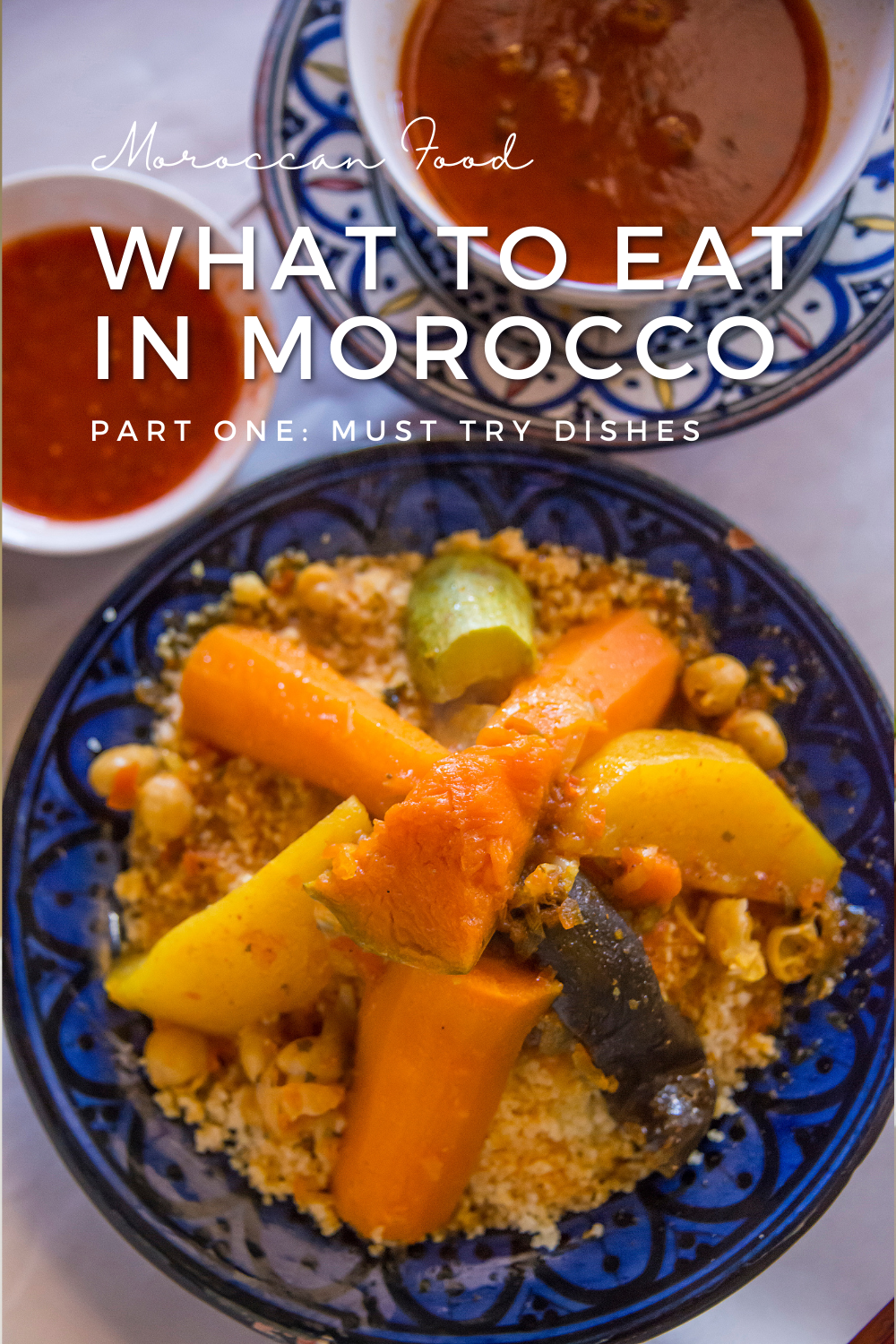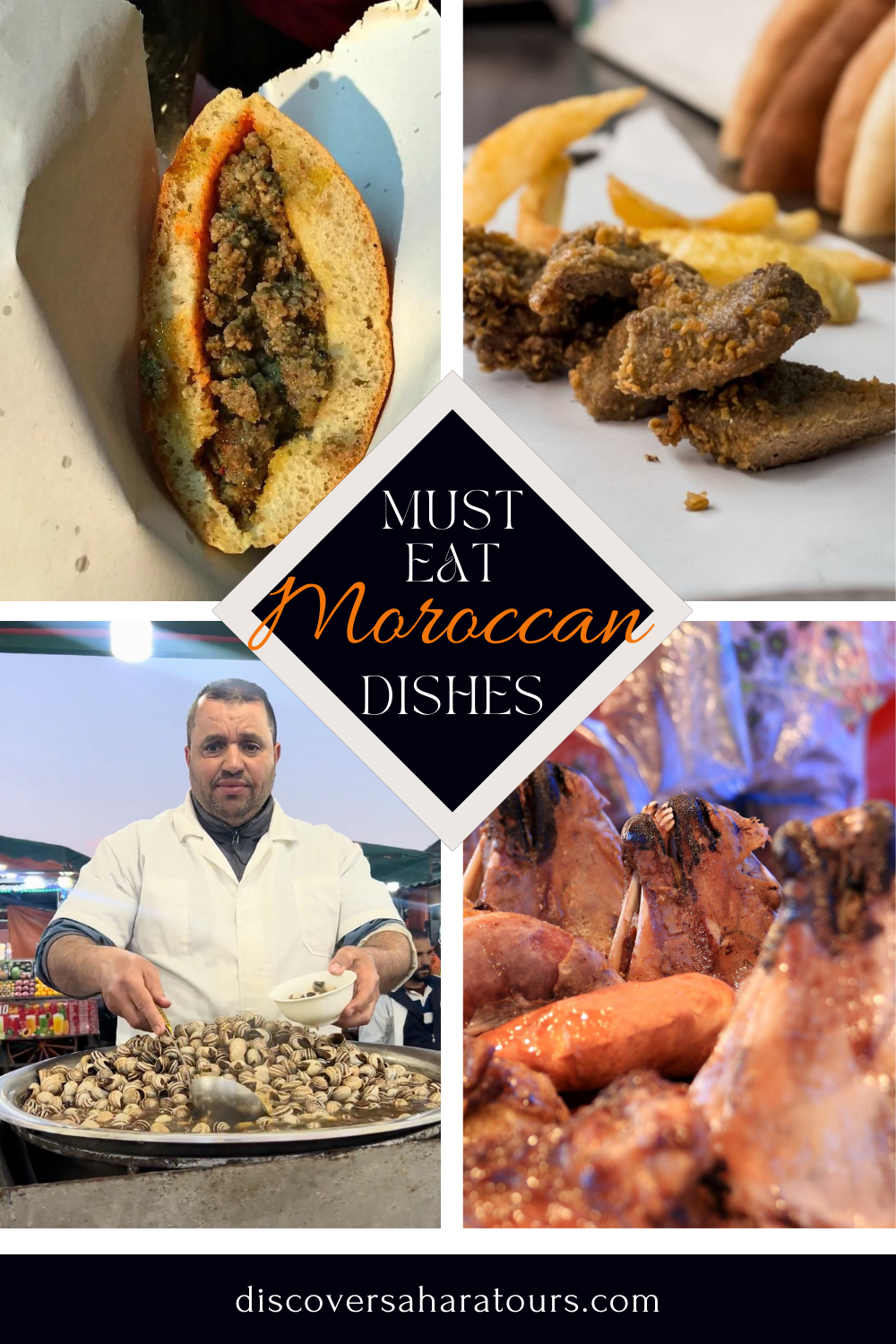What to Eat In Morocco – Part 2: Snacks, Starters and Sides
Travel is not complete without experiencing the flavors of the country. In this blog, we are going to look at Snacks, Starters and Sides to explore while in Morocco, but be sure to check out parts 1, 3 and 4 to learn about basic must-eat dishes, street foods and some more adventurous dishes you should add to you list of things to try!
Craving a taste of Morocco? Here's what to eat:
Snacks, Starters & Sides
Olives (Zitoun)
Olives, or zitoun in Darija, are an integral part of Moroccan cuisine, cherished for their rich flavors and versatility. Morocco is home to an array of olive varieties, each offering unique taste profiles and culinary applications. Two of the most prominent types are the picholine marocaine, known for its firm texture and slightly tangy flavor, and the black-brown olives, which are harvested at full ripeness and boast a deep, rich taste.
Moroccan olives are often marinated in a delightful blend of spices and preserved with lemon and herbs to enhance their natural flavors. Common spices used in these marinades include cumin, coriander, paprika, and bay leaves, creating a captivating amalgam of aromatic and spicy notes. Additionally, olives might be complemented by garlic, chili peppers, or even preserved lemons, further enriching their taste and adding to their appeal.
In Moroccan cuisine, olives play a versatile role, seamlessly fitting into a variety of dishes. They are frequently found in tagines, adding bursts of flavor and a pleasant texture contrast. Olives also feature prominently in salads, breads, and appetizers, often paired with oranges, fennel, or fresh herbs to create deliciously balanced dishes. As a garnish, they add depth to stews and soups, and as a snack, they are both delightful and nutritious.
Olives are not only enjoyed for their taste but also celebrated for their nutritional benefits. Rich in healthy fats, vitamins, and antioxidants, they contribute to a balanced diet and are a staple in the Mediterranean diet. The harmonious blend of spices, herbs, and olives in Moroccan cuisine showcases the country's culinary ingenuity, highlighting the ability to transform simple ingredients into vibrant and flavorful dishes.
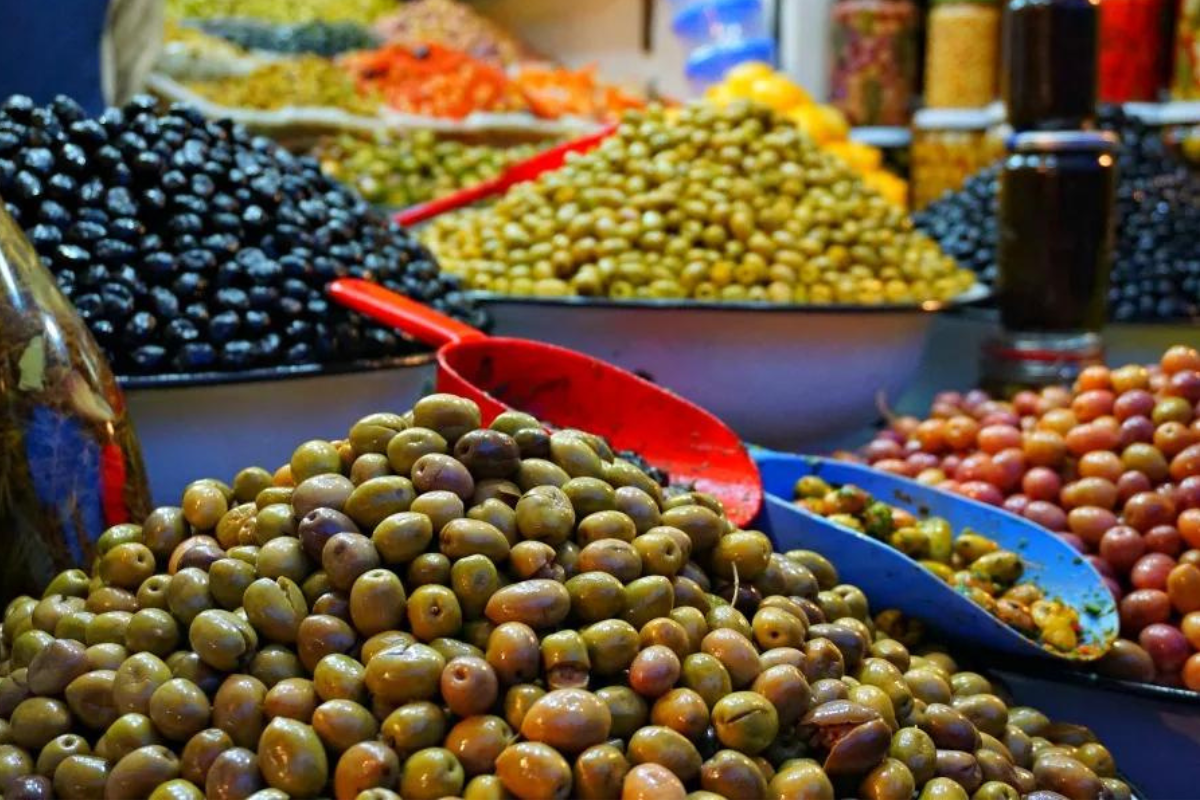
Dates
Dates are a quintessential element of Moroccan cuisine, and their importance extends well beyond the kitchen. These nutrient-dense fruits, known for their exceptional sweetness and chewy texture, are a staple in Moroccan households and a vital crop in the country's agricultural sector.
In Moroccan cuisine, dates are celebrated for their natural sweetness and versatility. They are often enjoyed as a snack on their own or stuffed with nuts for a more elaborate treat. Dates also play a pivotal role in a variety of traditional dishes. They can be found in savory tagines, where their sweetness perfectly balances the rich, spiced meats and vegetables. Dates are a common ingredient in Moroccan desserts as well, used in everything from pastries to puddings. During the holy month of Ramadan, dates are particularly cherished as they are traditionally the first food consumed to break the fast each day, providing a quick and nutritious source of energy.
The cultural significance of dates in Morocco cannot be overstated. Dates are deeply intertwined with Moroccan traditions and customs. They are often shared during religious celebrations and family gatherings, symbolizing hospitality and goodwill. The date palm, referred to as the "Tree of Life," has historical roots that are believed to stretch back thousands of years. This deep-rooted cultural reverence for dates underscores their role in daily life and communal rituals.
Economically, dates are a critical agricultural product in Morocco, particularly in the southern regions where the climate is ideal for date palm cultivation. The date industry provides employment for thousands of farmers and workers, from cultivation to processing and marketing. Morocco produces a variety of date species, with the most famous being the Medjool and Deglet Noor varieties, which are also exported around the world, contributing significantly to the national economy. Efforts to modernize agricultural practices and improve quality standards have further bolstered the date industry, ensuring sustainable growth and international competitiveness.
Overall, dates are a cherished and indispensable part of Moroccan life. Their profound impact on cuisine, culture, and economy highlights their integral role in the rich tapestry of Moroccan heritage.

Sfinge
Sfinge, sometimes referred to as Moroccan doughnuts, are a beloved street food that offers a delightful combination of crispy and chewy textures. These golden, ring-shaped pastries are a popular breakfast choice and a testament to Moroccan culinary craftsmanship, making them an enticing option for those seeking a quick and satisfying start to their day.
The process of making Sfinge begins with a dough composed of basic ingredients: flour, yeast, salt, and water. The dough is mixed and kneaded until it reaches a smooth, slightly sticky consistency. It is then left to rest and rise, allowing the yeast to do its work and create air pockets that will give the Sfinge its light and airy structure. Once the dough has sufficiently risen, it is divided into small portions. Each portion is stretched and shaped into a ring, a step that gives Sfinge its signature look.
The rings of dough are then fried in hot oil until they puff up and turn a beautiful golden brown. The result is a pastry with a crispy exterior encasing a tender, airy interior. Sfinge is traditionally enjoyed hot, straight from the fryer, and can be eaten plain or sprinkled with sugar for a touch of sweetness.
What makes Sfinge an excellent option for an on-the-go breakfast is its convenience and versatility. Street vendors across Moroccan cities prepare and sell Sfinge fresh each morning, making it easy to grab a few on your way to start your day. The simplicity of Sfinge, combined with its satisfying crunch and light chewiness, ensures it can be enjoyed by itself or paired with a cup of mint tea or coffee. Their portability means you can take them with you and enjoy a warm, hearty breakfast even amid a busy schedule.
Whether you are strolling through the bustling souks or simply in a rush, Sfinge offers a delicious and practical breakfast solution that captures the essence of Moroccan street food culture.
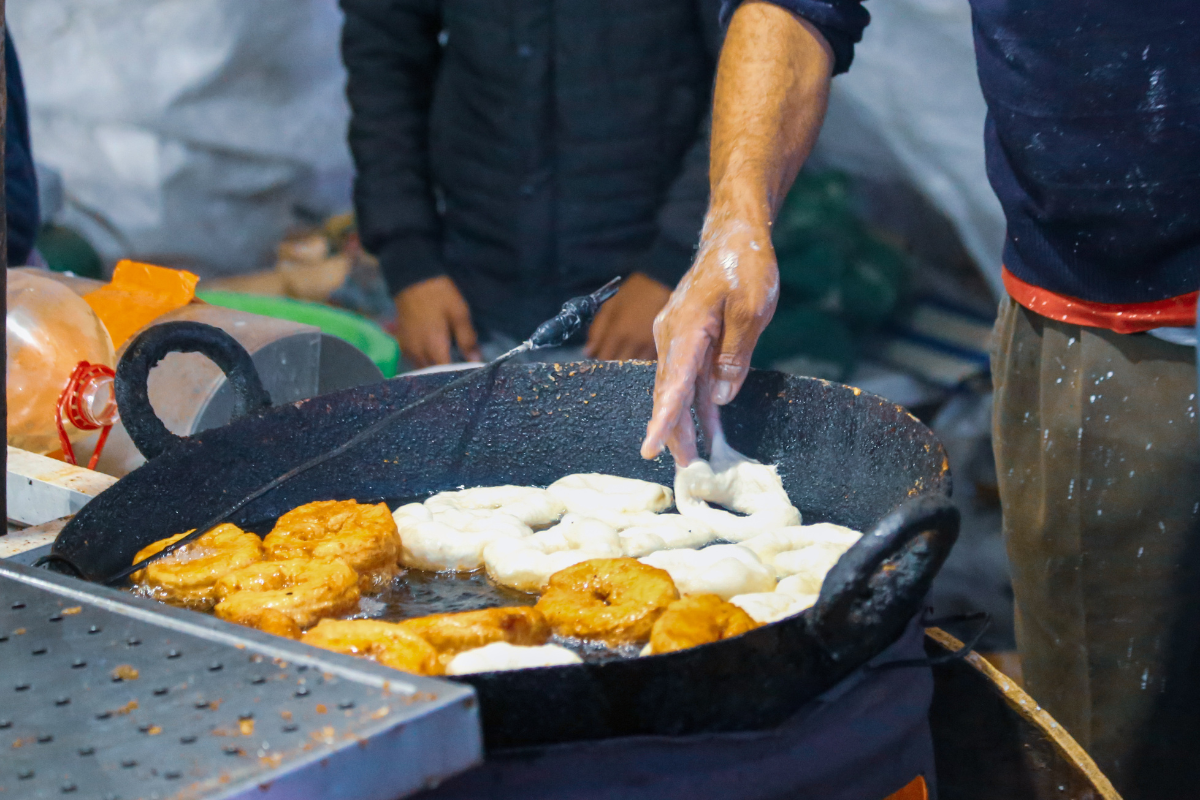
Zaazaa
Zaazaa is a vibrant Moroccan smoothie that has captivated taste buds across the country with its colorful layers and tantalizing flavors. Often enjoyed as a refreshing treat on hot days, Zaazaa is known for its versatility, ranging from a simple blend of avocado and fruits to an elaborate concoction adorned with an array of cookies and candies.
At its core, the basic version of Zaazaa features a creamy base made from ripe avocados, blended with a selection of fresh fruits such as bananas, oranges, and apples. This version is typically sweetened with a bit of sugar or honey, and sometimes enriched with a splash of milk or orange juice to achieve a smoother consistency. The result is a luscious, nutritious smoothie that highlights the rich flavors of seasonal fruits.
However, Zaazaa has evolved beyond its humble beginnings to include more intricate versions that elevate the drink into a delightful indulgence. In these elaborate variations, the basic avocado-fruit blend is layered with a mix of crushed cookies, nuts, and whipped cream, creating a visually appealing and texturally diverse treat. Toppings often include colorful candies, chocolate chips, and even dried fruits, transforming Zaazaa into a festive concoction that appeals to both children and adults alike.
Whether enjoyed in its simplest form or as an elaborate dessert, Zaazaa remains a beloved part of Moroccan culinary culture. This playful and customizable smoothie continues to evolve, reflecting the creativity and dynamic spirit of Moroccan cuisine.
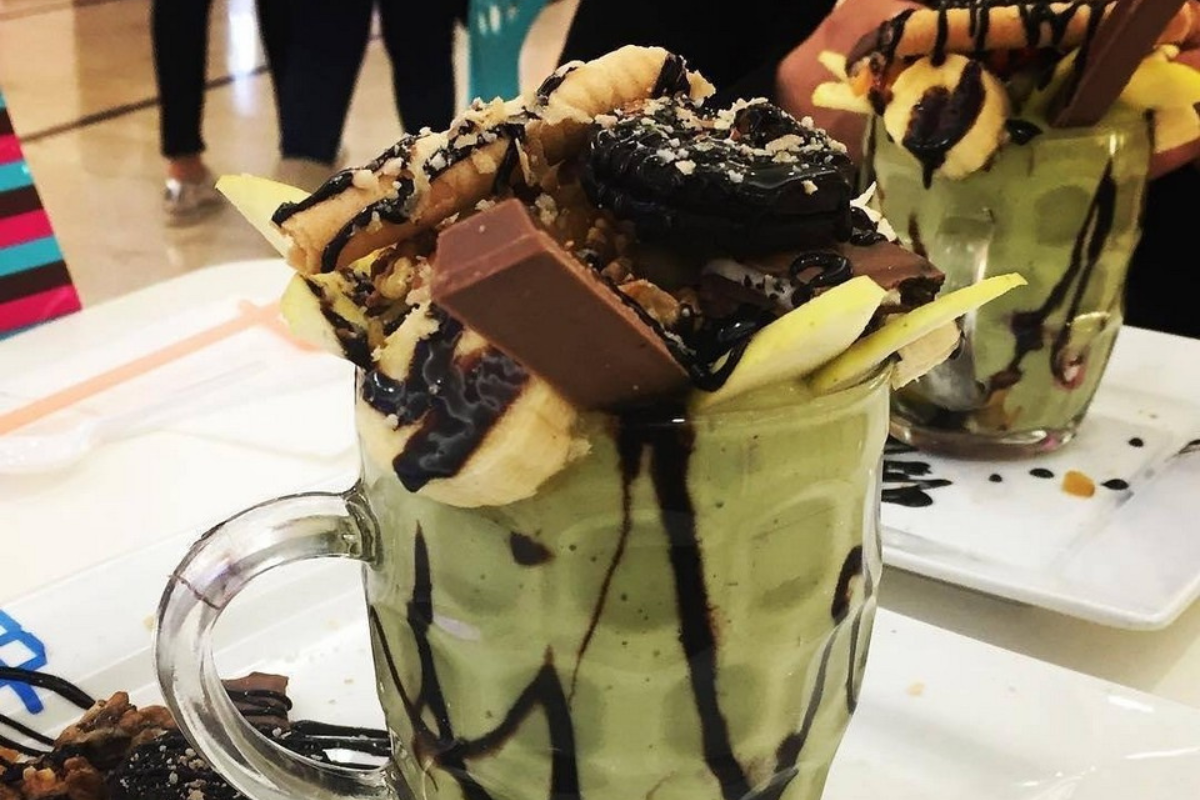
Msemen
Msemen, also known as Moroccan pancakes or rghaif, is a staple in Moroccan cuisine, renowned for its versatile and rich flavors. This flaky, square-shaped flatbread has a crispy exterior with a tender, layered interior, making it an ideal accompaniment for a variety of meals throughout the day.
Msemen is made from a simple dough composed of flour, semolina, water, salt, and a touch of sugar. The dough is meticulously kneaded until smooth and elastic, then left to rest, which helps in achieving its characteristic flaky texture. The dough is then divided into small balls, each of which is rolled out thinly and folded multiple times to create layers, often with a bit of oil or butter spread between the folds. This layering technique is key to giving Msemen its unique consistency and taste.
The process of making Msemen begins with preparing the dough and allowing it to rest. Once rested, each dough ball is flattened into a thin sheet and brushed with oil or melted butter. The dough is then folded into a square shape, creating several layers. This folded dough is left to rest again before being rolled out slightly and cooked on a hot griddle or pan until golden brown and crispy on both sides. The result is a beautifully flaky and delicious flatbread that can be enjoyed in numerous ways.
Msemen is a popular choice for breakfast, often served hot with honey and butter. It can also be accompanied by a glass of mint tea, which perfectly complements its richness. Some might enjoy it with soft cheese or jam for a sweet start to the day. You'll find Msemen on your breakfast plate at many of the local accommodations where breakfast is included.
Incorporating Msemen into lunches is also common, where it can serve as a wrap for savory fillings such as spiced minced meat, vegetables, or grilled chicken. It can also be a side to soups and stews, perfect for soaking up flavorful broths.
As a snack, Msemen is incredibly versatile. It can be enjoyed plain, or stuffed with a variety of ingredients like cheese, olives, or caramelized onions for a more substantial bite. Its crispy, flaky layers make it an inviting treat at any time of the day.
Msemen not only showcases the ingenuity of Moroccan culinary traditions but also highlights the importance of simple, quality ingredients and meticulous preparation in creating dishes that are both comforting and delicious.
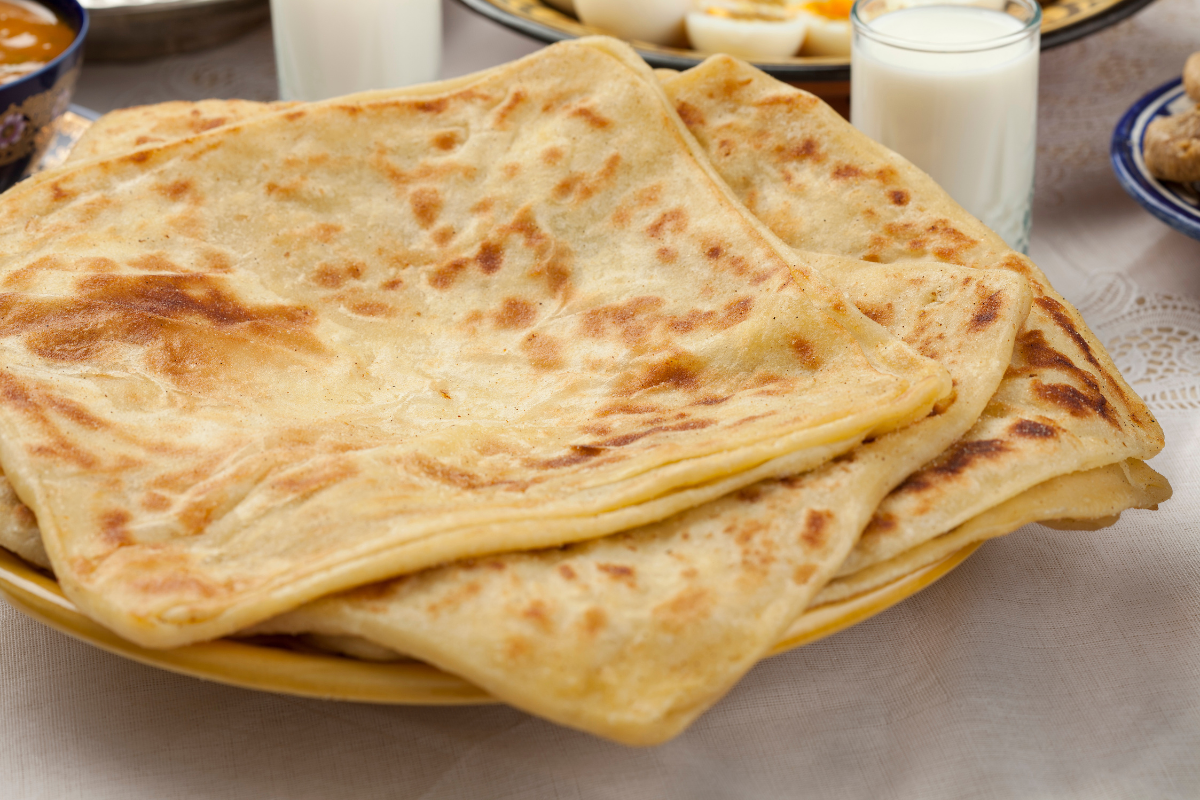
Bsarra
Bsarra is a traditional Moroccan fava bean soup that serves as a hearty and warming starter to any meal. This humble yet flavorful dish is a staple in Moroccan cuisine, particularly popular in the northern regions during the colder months. Made from dried fava beans, garlic, olive oil, and an array of spices such as cumin and paprika, bsarra boasts a rich and creamy texture that is both satisfying and nourishing.
Preparation of bsarra begins with soaking the fava beans overnight, which helps to soften them and reduce the cooking time. The beans are then cooked until tender and blended into a smooth puree. Garlic, olive oil, and spices are added to enhance the flavor, making each spoonful a delightful blend of earthy and aromatic notes. Traditionally, bsarra is garnished with a drizzle of high-quality olive oil and a sprinkle of cumin, adding a final touch of warmth and depth to the dish.
As a starter, bsarra not only stimulates the appetite but also sets the tone for the culinary journey ahead. Its comforting texture and rich flavors are a testament to the simplicity and depth of Moroccan cooking. Served with warm, crusty bread for dipping, bsarra is an inviting and flavorful beginning to any Moroccan meal, showcasing the country's ability to transform simple ingredients into extraordinary dishes.
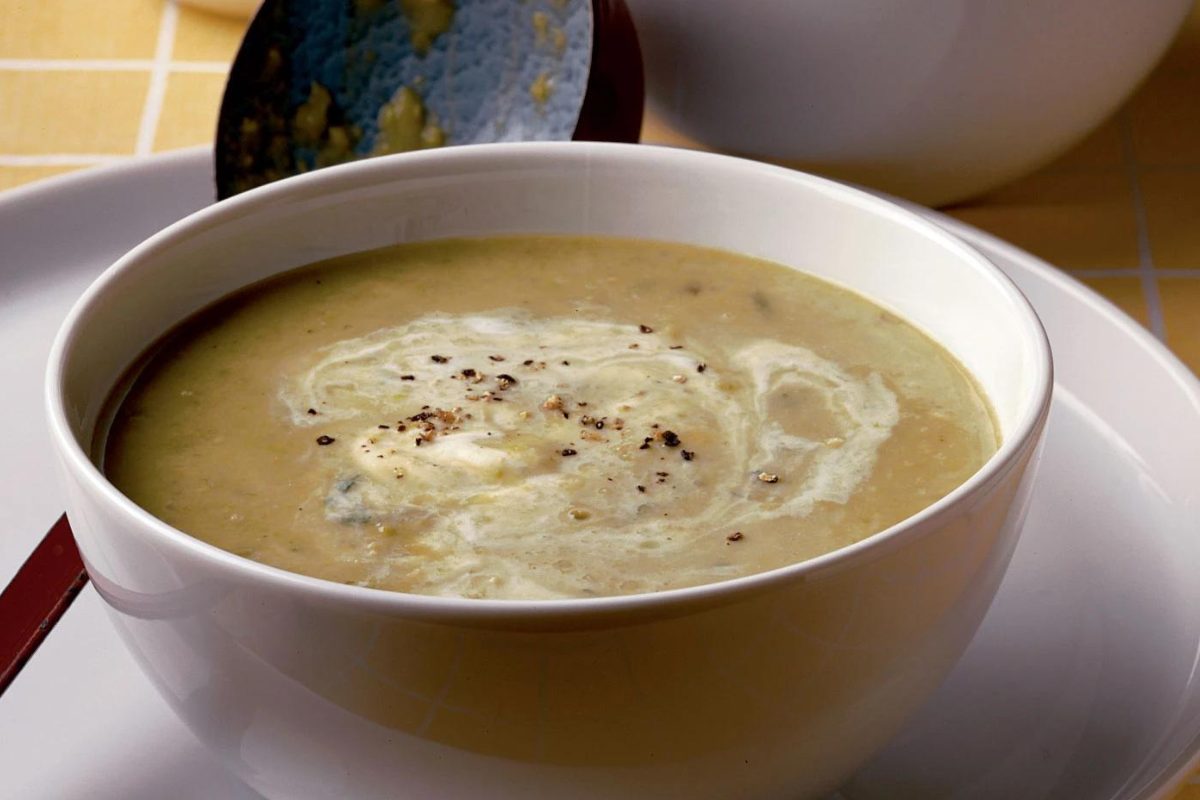
Zaalouk
Zaalouk is a Moroccan dish that perfectly encapsulates the rich flavors and textures unique to the region's cuisine. Essentially a cooked salad, Zaalouk is made from a base of eggplant and tomatoes, which are seasoned with a fragrant blend of garlic, olive oil, and spices like cumin, paprika, and cayenne pepper. The eggplant is typically grilled or roasted first, adding a smoky depth that harmonizes wonderfully with the tangy tomatoes and aromatic herbs.
Zaalouk's versatility makes it an excellent choice as an appetizer, side dish, or snack. As an appetizer, it can be served warm or at room temperature, accompanied by slices of crusty bread or fresh pita to scoop up the flavorful mixture. Its rich and savory taste primes the palate for the meal to come, offering a tantalizing glimpse into Moroccan culinary traditions. As a side dish, Zaalouk pairs exceptionally well with grilled meats, fish, or other tagines, adding a vibrant and nutritious complement to the main course. Additionally, Zaalouk can be enjoyed as a snack, either on its own or spread over bread, making for a satisfying and healthy treat at any time of day. Its complex layers of flavor and appealing texture make Zaalouk a favorite in Moroccan homes and a highlight in Moroccan cuisine.

Morocco offers a delightful array of snacks, starters, and sides that reflect the rich culinary traditions of the country. Dates, cherished for their nutritional value and cultural significance, are not only a staple during Ramadan but also a symbol of Moroccan hospitality. Sfinge, the crispy and chewy Moroccan doughnuts, provide a satisfying and convenient breakfast option, often enjoyed plain or with a sprinkle of sugar. Zaazaa, a vibrant and versatile smoothie, presents a refreshing treat that can be as simple or as elaborate as desired, featuring layers of fruits, cookies, and colorful toppings. Each of these items showcases the unique flavors and culinary craftsmanship that are central to Moroccan cuisine, offering a taste of the country's vibrant food culture.
Pin It: Save This Page for Later!
